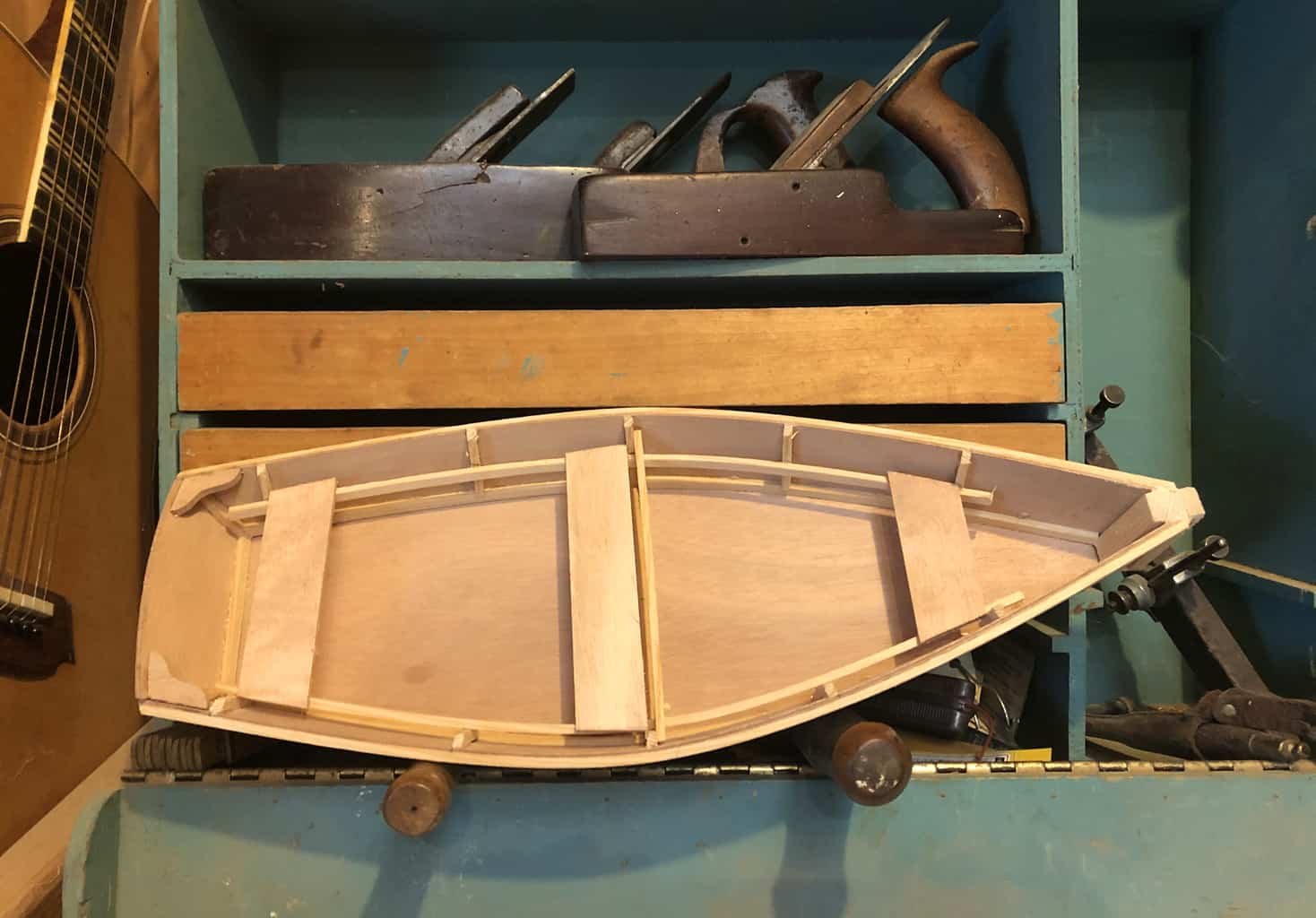A woman had to be flown to the hospital after she suffered injuries riding a jet ski in the popular bayside area of Ocean City, Maryland.
Just before seven in the evening on June 13, Maryland Natural Resources Police (NRP) responded to reports of a personal watercraft accident in the Isle of Wight Bay near Route 90 Bridge into Ocean City.
A woman who was renting a personal watercraft hit a wake and sustained back injuries, police tell us. The jet ski rental guide helped her to shore at the Fager’s Island Restaurant Pier on 60th Street. A Maryland State Police helicopter airlifted her to a local hospital from there to be evaluated.
Police did not have an update on her condition.
The accident underscores the dangers of personal watercraft, especially when riders get too close to other vessels or attempt to “wake jump”.
The Maryland Department of Natural Resources requires riders to maintain a speed limit at or below 6 knots when they are within 100 feet of another jet ski, vessel, any people in the water, or a hazard like a pier, piling, or bridge.
Riders may not jump the wake of another vessel within 100 feet of that vessel. Our sister company, the Annapolis School of Seamanship (ASOS), warns against this for a number of reasons. The landing can cause serious injury because of high g-force.
“The water isn’t soft,” says ASOS Vice-President Captain Matt Benhoff. He points out that while hitting a typical boat wake would be no problem for a motorboat, it is a big deal on a personal watercraft because it’s much lighter.
There’s also a high risk for collision with the vessel making the wake. “Wake jumping is inherently risky behavior,” Benhoff says. “When the jet ski is out of the water, it can’t be controlled and it is in close proximity to another, larger vessel.”
On DNR’s regulations page, the agency says, “Personal watercraft are great fun but also can create dangerous situations… As with all boats, personal watercraft have no brakes, but they also have no reverse used for stopping forward momentum.”
DNR also reminds watercraft operators that they must wear a life jacket and use a kill switch or have an operable self-circling device on the watercraft.



